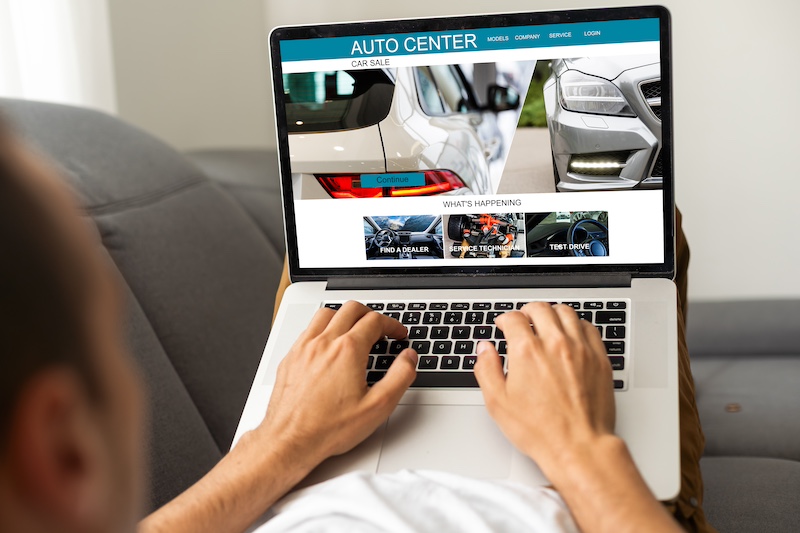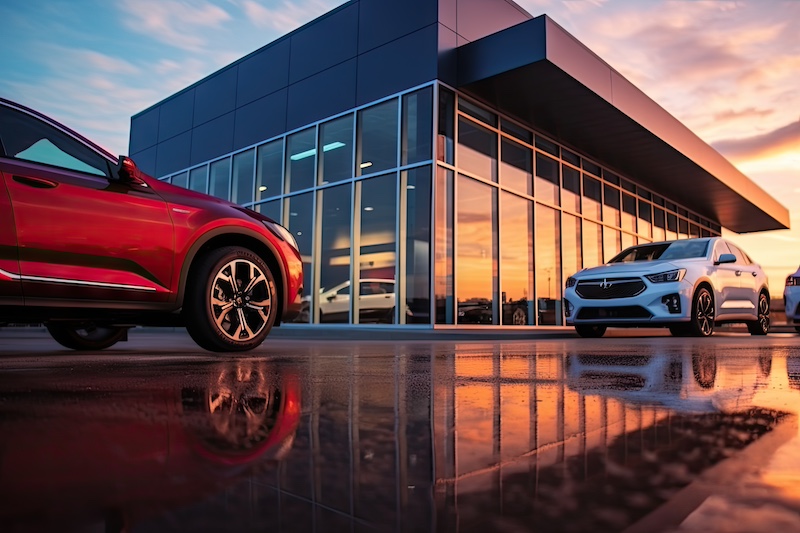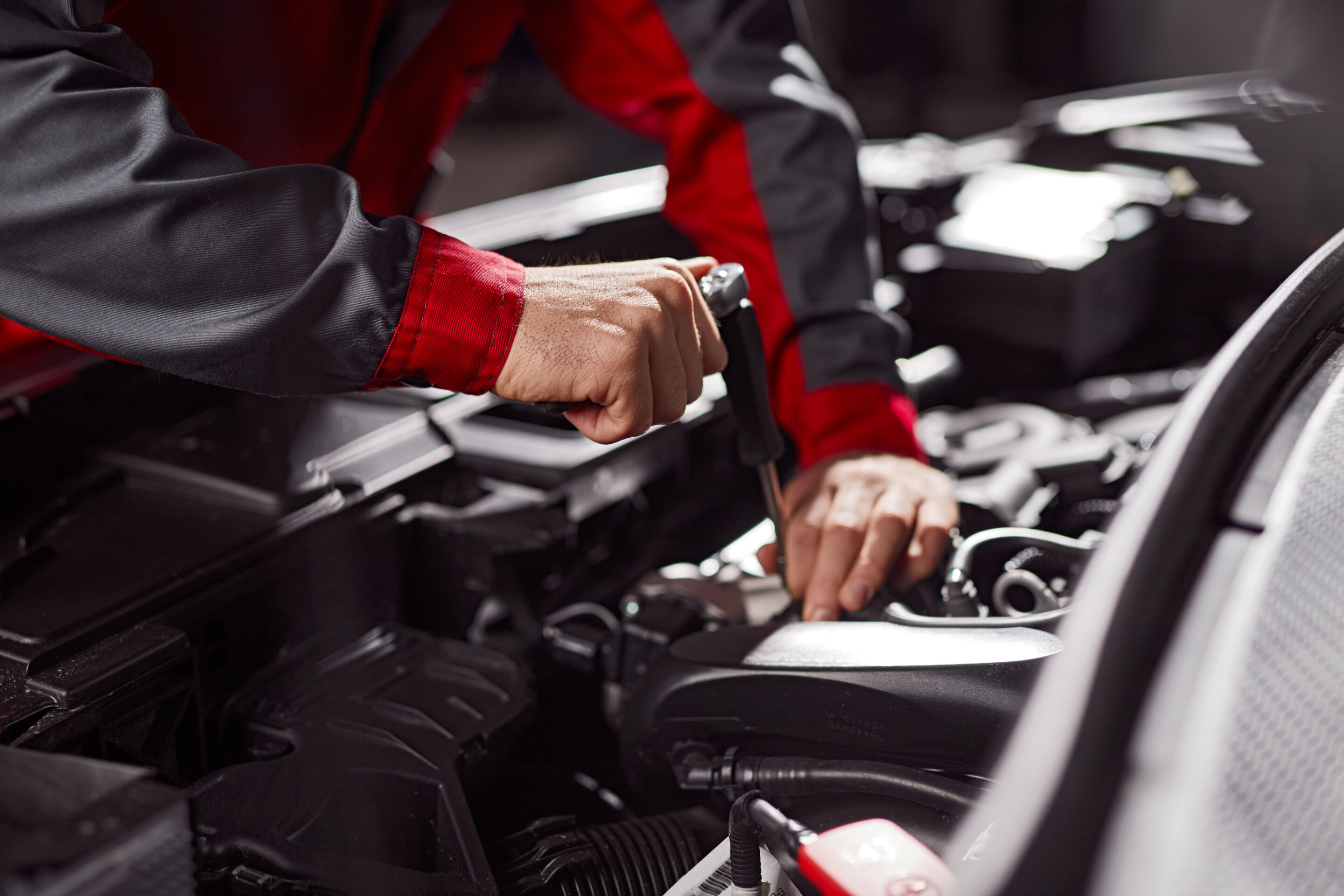It’s not news to anyone that the world has changed a lot in the last few years. Global pandemic shutdowns meant that we all needed to change the way we operate: to a new, virtual way of doing business.
And while the pandemic may be over, it’s not a return to “business as usual.”
We have a newfound preference for remaining at home and taking care of more and more of our daily tasks virtually–from doctor’s appointments to online school and even remote work. In 2019, fewer than 6% of workers primarily worked from home. Think about where we are now.
Competing in a Connected World
This preference for completing our daily tasks remotely extends to the way we shop—for clothing, groceries—even cars. When you can go to Amazon at 11:00 at night after you’ve realized you’ve run out of coffee for the morning, and have it delivered to your doorstep by 8 a.m. the next day—that’s a game-changer. It changes consumer expectations, and in every industry. Even in auto.
Car dealers are no longer competing with the other dealership down the street. They’re competing with the best experience anyone has ever had online. And that all starts with the way you can visualize the products for sale on the website.
In our connected world, where people are demonstrating a vast preference for shopping from home, virtual tools that enable the consumer to realistically visualize a product from the website are essential. Similarly, tools which allow a car shopper to experience a vehicle remotely become a car dealer’s best friend.
Check out a few of these stats from Google’s annual Gearshift Study:
- 67% of car shoppers use online video to research
- 25% of shoppers will use a car configurator on the website
- 55% of car shoppers have an expectation of easy comparison of vehicle options on the website
Providing Tools to Auto Shoppers
As we continue our march toward an ultra-connected society in which we as consumers increase our preference to conduct tasks from home, it’s important for carmakers and dealers to provide tools to their shoppers to help them do just that. It’s like the old adage, “if you can’t beat ‘em, join ‘em.” And that starts with equipping the website.
Because consumers are doing their research online, before ever setting foot in a dealership, a dealer’s website is their virtual showroom. At Google, we used to say, “bring your dealership to the shopper, not the shopper to the dealership.”
I would argue that the dealer’s website is much more important today than their brick-and-mortar store—because by the time a car shopper walks into the dealership, they’ve already made their key decisions. Online. And so a dealer’s website is the key to capturing today’s shoppers. That website can also help you work smarter, not harder, but it takes technology to do that.
Car Configurator
And one of these key technologies is the car configurator. Traditionally used mainly by the OEMs to help bring their vehicles to life, configurators are no longer just a powerful tool for manufacturers to wield.
Dealers, aftermarket suppliers and even repair shops are using configurators to help them sell and service more vehicles. Why? New, advanced technology and greatly reduced costs are making configurators the right choice for dealers looking for more engagement with those car shoppers finalizing their decisions online, from home.
Configurators:
- Significantly increase engagement. Static images, while important, are simply viewed and moved on from. Interactive content is simply more engaging. Having a configurator makes the process of viewing the car a customized and personal experience. When Audi upgraded to a 3D configurator in 2018, they saw a 66 percent increase in customer engagement (and a nine percent increase in sales).
- Streamline the sales process. Consumers who are researching online will have been able to view and customize the vehicle options, and these can be matched with your inventory–speeding up the selection process exponentially.
- Increase conversion rates. Studies show that having a product configurator on your website can increase conversions by 40%! That’s how important good visualization is to the shopping process.
- Increase sales. A 2022 study on car configurators from SEAT showed that not only is use of a car configurator on the OEM site positively correlated with sales, but that data from the configurator page may be used as a forecasting tool to predict car sales. In addition, configurators act as an upselling tool–allowing customers to configure vehicle trims resulting in a higher price point.
- Offer something unique to your customers. When you provide cutting edge tools to your car shoppers, you’re demonstrating to them that your business is on the forefront of innovation, and that you can be trusted to provide a high-tech, streamlined shopping experience for them.
- Provides precious data about market demand. When a shopper goes to a website and uses a configurator to build and price a vehicle, they’re giving you priceless information about their preferences–from color to trim to price range. This can really help adjust focus to the most popular configurations.
Be Ahead of the Curve
As we continue to move into a more fully-connected world where the preference is for completing tasks from home, online, it’s important as a business to be prepared for this.
For a car dealer, this means moving toward e-commerce. We’ve been talking for over five years now about online retailing for dealerships. Whereas many other industries moved in this direction years ago, automotive, with its innate complexity of the sale and price point (the second largest purchase someone will make outside of a home), has been necessarily slower to adopt this model.
All the more reason why dealers need to take steps in this direction now, before their competition does.









